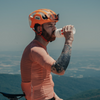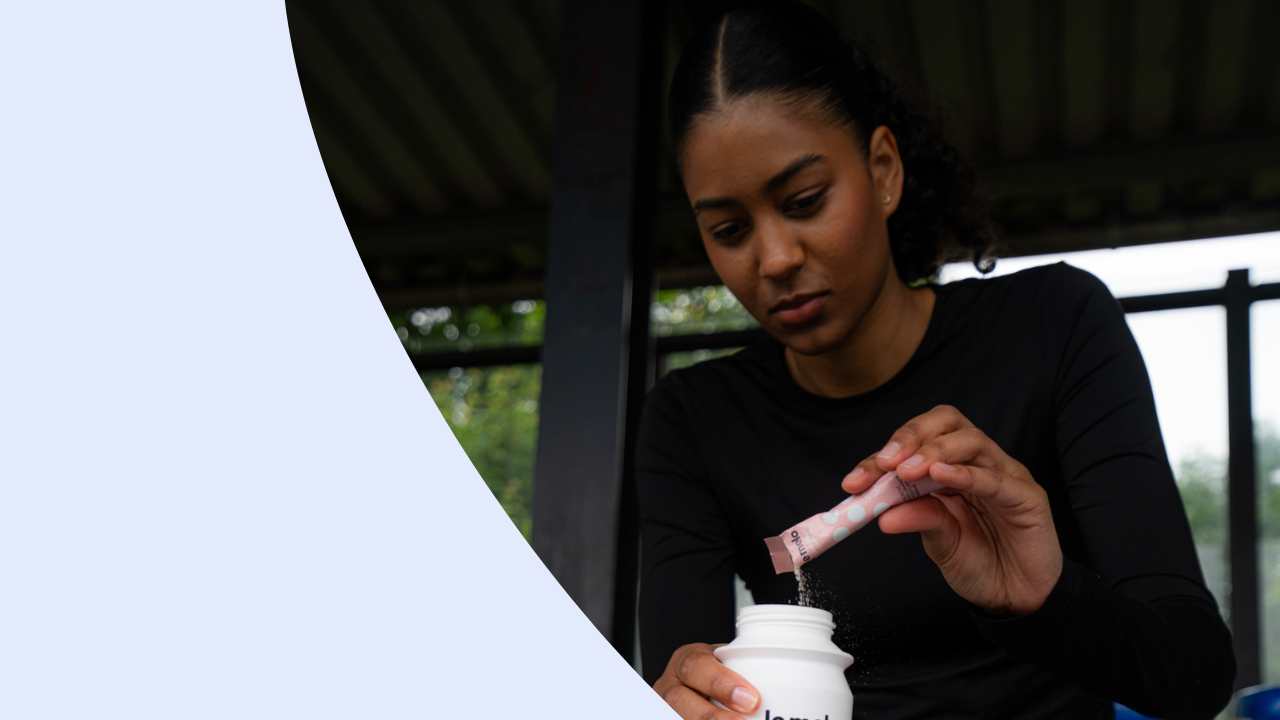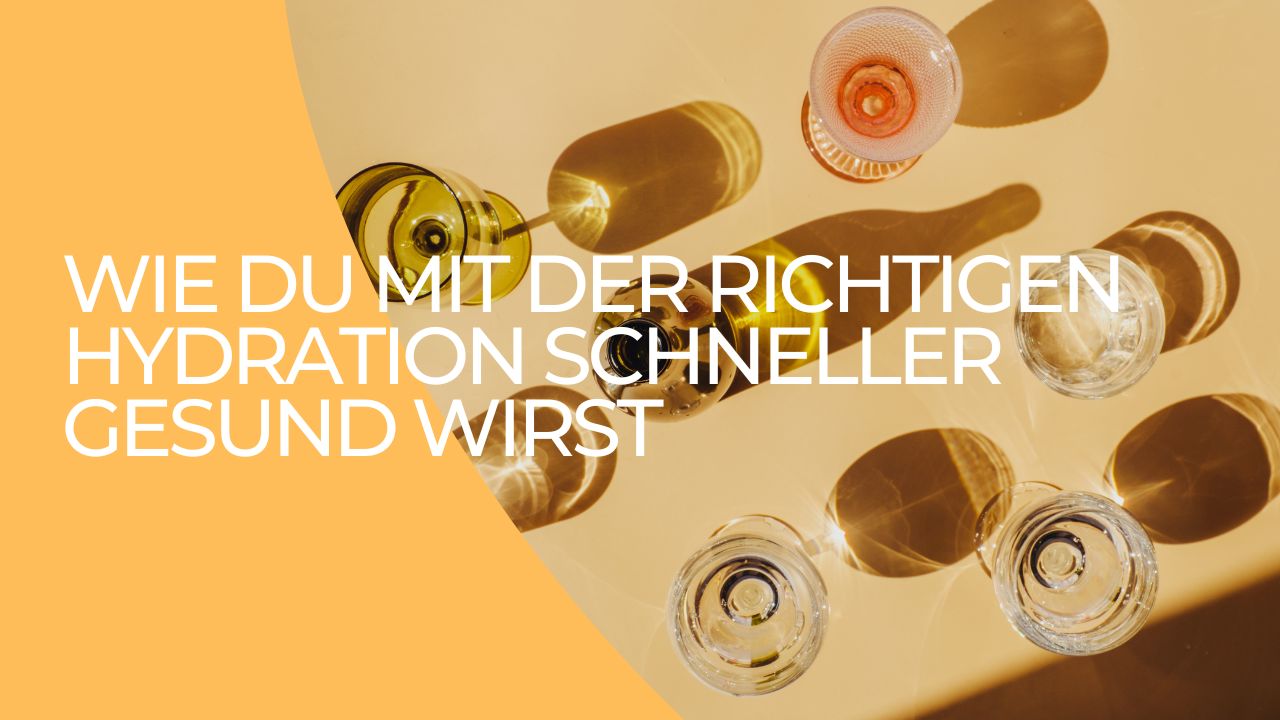
Summer is finally here and is luring us onto our bikes with warm temperatures. But while we enjoy the freedom and the beautiful weather, dangers are also lurking: the heat can affect us more than we think. It's not just sun protection that's important, but also proper hydration. In this article, we'll show you why drinking enough in hot temperatures is just as important as sunscreen and how you can best prepare for your summer bike rides. So, buckle up and get ready for valuable tips to get through the hot season healthy and fit!
Dehydration and heat: Why hydration is as important as sunscreen
Dehydration, also known as dehydration, occurs when the body loses more water than it takes in. It is not just the short-term fluid intake that is important, but also how well the body was hydrated beforehand. Heavy sweating, especially during exercise, can lead to dehydration, as the body tries to lower its temperature through evaporative cooling. Fluid loss often occurs gradually, and when feelings of thirst arise, the body is already in a deficiency zone.

What sunscreen and electrolytes have in common for endurance athletes
At first glance, sunscreen and electrolytes seem to have little to do with each other. But upon closer inspection, it becomes clear that both perform essential protective functions that are essential for endurance athletes. Both sunscreen and electrolytes protect the body from the extreme conditions it is exposed to during intense physical activity.
Sunscreen protects the skin by creating a barrier that blocks harmful UV rays. This prevents sunburn and long-term skin damage, which is especially important when you are outside for hours. Without this protection, the skin would quickly become damaged, which is not only uncomfortable but also a health risk.
Electrolytes, on the other hand, play an important role for your entire organism, especially when you challenge your body with long training sessions such as running, cycling or triathlons. They help to keep the water and electrolyte balance in balance, support muscle work and the transmission of nerve signals. The need for electrolytes is particularly high during intensive or long training sessions where a lot of sweating occurs. Through sweating, the body not only loses water, but also important minerals that must be replenished with electrolyte drinks.
The role of electrolytes in endurance sports in hot weather
High outside temperatures increase the challenges for your body even more. Electrolytes such as sodium, potassium and magnesium are essential to prevent overheating and dehydration. They enable faster rehydration and ensure that your muscles and circulatory system function efficiently even in extreme conditions.
Sodium is particularly important because it helps regulate fluid balance and improves water absorption in the intestines. It also supports muscle contraction and nerve function, which is especially crucial during long endurance sessions. For example, a lack of sodium can lead to muscle cramps and fatigue, which significantly impairs your performance.
Potassium plays a central role in regulating the heartbeat and muscle function. It ensures that nerve impulses are transmitted correctly, which is essential for coordination and reaction time. A potassium deficiency can lead to weakness, fatigue and even cardiac arrhythmias.
Magnesium supports energy production and muscle relaxation. It helps relax muscles after intense exercise and avoid cramps. A magnesium deficiency can prolong recovery time and impair overall performance.
Hydration plan: Stay cool and well hydrated
Cycling in hot weather increases the risk of dehydration, which can affect performance and endanger your health. To maintain optimal hydration levels, follow these guidelines:
Before the training:
- Drink about 5-7 mL of fluid per kilogram of body weight at least four hours before training. This gives your body enough time to process and eliminate the fluid before you start.
- Consume beverages containing 500-1000 mg of sodium and/or small amounts of salty snacks or sodium-containing foods with meals to stimulate thirst and retain fluids.
During the journey:
- Because sweat rate and sweat sodium losses vary greatly from person to person, hydration guidelines vary widely. It can be helpful to know your individual sweat rate and sweat sodium concentration.
- Aim to drink 400-800ml of fluid every hour (the higher amount is for faster, heavier individuals riding in warm environments). Consider sports drinks that contain electrolytes (500-1000mg) to stimulate thirst and promote fluid intake.
After the ride:
- After exercise, the goal should be to completely replace all fluid and electrolyte losses. Drink about 1.5 liters of fluid for every kilogram of body weight you lost during the ride within the first few hours after the ride. It is better to consume fluids spread out over this period to maximize fluid retention.
le melo – your premium hydration for the highest demands in endurance sports
le melo was developed to meet the specific needs of endurance athletes. Our drinks are precisely tailored to your body's needs and offer an optimal combination of electrolytes and minerals that are quickly absorbed and help you perform even during the toughest sessions. This means you no longer have to constantly open the weather app on your phone in fear that the forecast might predict even higher temperatures than before. 😉
Stay hydrated, protect your skin and enjoy your summer rides!






